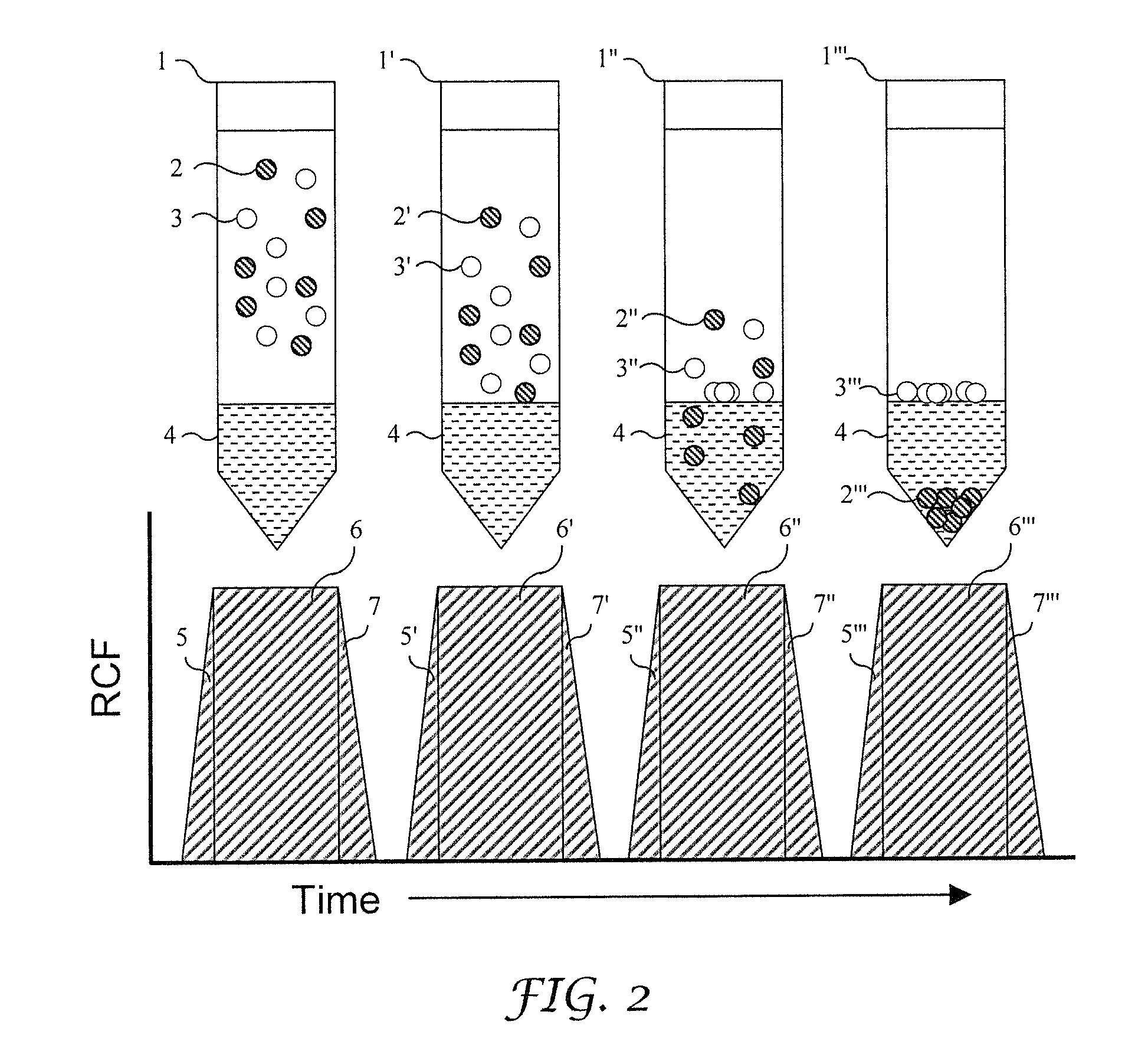Sequential centrifuge
a sequential centrifuge and centrifuge technology, applied in the direction of centrifuges, separation processes, instruments, etc., can solve the problems of reducing the efficiency of centrifuges, so as to reduce dwell time and reduce idle time. , the effect of improving operational efficiency
- Summary
- Abstract
- Description
- Claims
- Application Information
AI Technical Summary
Benefits of technology
Problems solved by technology
Method used
Image
Examples
Embodiment Construction
[0060]The present invention now will be described more fully hereinafter with reference to the accompanying drawings, in which some, but not all embodiments of the inventions are shown. Preferred embodiments of the invention may be described, but this invention may, however, be embodied in many different forms and should not be construed as limited to the embodiments set forth herein. Rather, these embodiments are provided so that this disclosure will be thorough and complete, and will fully convey the scope of the invention to those skilled in the art. The embodiments of the invention are not to be interpreted in any way as limiting the invention.
[0061]Like numbers refer to like elements throughout. As further adopted herein, a number referencing a sample without a prime notation generally refers to the sample being subject to a single centrifugation sequence, a number referencing a sample with a single prime notation “′” generally refers to the sample being subject to a second cen...
PUM
| Property | Measurement | Unit |
|---|---|---|
| relative centrifugal force | aaaaa | aaaaa |
| force | aaaaa | aaaaa |
| time | aaaaa | aaaaa |
Abstract
Description
Claims
Application Information
 Login to View More
Login to View More - R&D
- Intellectual Property
- Life Sciences
- Materials
- Tech Scout
- Unparalleled Data Quality
- Higher Quality Content
- 60% Fewer Hallucinations
Browse by: Latest US Patents, China's latest patents, Technical Efficacy Thesaurus, Application Domain, Technology Topic, Popular Technical Reports.
© 2025 PatSnap. All rights reserved.Legal|Privacy policy|Modern Slavery Act Transparency Statement|Sitemap|About US| Contact US: help@patsnap.com



